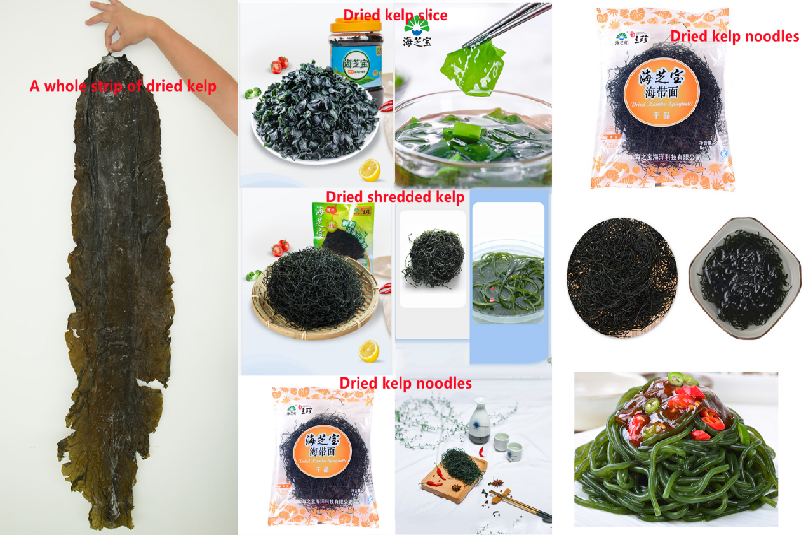The two point insects are a new type of ecological corn pests. In the past 10 years, the wheat straw returning and corn no-tillage sowing promoted in China have created a suitable ecological environment and sufficient food sources for the two pointworms. The occurrence area of ​​Aedes moth is continuously expanding, and the degree of occurrence is increasing. In 2011, the worms broke out in the summer-summer corn area in the Huang-Huai-Hai area, which caused the State and the Ministry of Agriculture to attach great importance to the inclusion of two-stage A. exigua in major pests and diseases, and conducted close monitoring and scientific prevention and control. The two Aedes moths mainly damage the summer corn seedlings with the second generation larvae. The corn can bite off the tender stems before the 2nd leaf stage and cause the death of the single plant. The 3/6 leaf stage of the corn drills the base of the tender stem to form the 3-4mm holes. , resulting in wilting of the heart of the corn, and then the whole plant withered, can cause a large area of ​​lack of seedlings broken ridge. During the 6-10 leaf stage of maize, as the stem tissue of the corn hardened, the larvae began to bite the tender roots, causing the seedlings to lose their support and lodging. The individual plants were delicate, short, and grew slowly, and the yield was severely reduced. Due to the serious harm of this pest, scientific and effective prevention and control are of great significance in ensuring the safe production of corn. Two adults and larvae of A. moth lichens prefer humid environmental conditions. Wheat stalks left after mechanical mechanized wheat harvesting are conducive to adult insects hiding in their nests, and larvae also like to avoid damage caused by dark and moist wheat stalks. Corn seedlings. Therefore, in the prevention and control, a comprehensive treatment technology is adopted, which focuses on agro-ecological control measures that destroy the living environment of pests, and focuses on the early control of adult worms and young larvae, and uses the bait trapping and killing and emergency control as supplements in the third-instar larvae. details as follows: 1. Use agricultural ecological control measures to destroy the living environment of pests in advance. Including the smashing of straw (when wheat is harvested, the straw smasher is used to crush and return the straw to the field and compaction), or the sowing line wheat straw is removed (the horizontal distance between the opener of the planter and the fertilizer device is adjusted to about 10 cm, The effect of directional removal of the stalks is achieved, and the combination of the two is better. If the above machinery is lacking, rotary ploughing can be used, or the wheat straw can be manually cleaned to ensure that corn is not surrounded by wheat straw after emergence. 2. Early adult and young larvae control measures. Mainly include: After wheat is harvested, before the sowing of summer corn until emergence, organic phosphorus pesticides are selected to kill adult worms with a piece of ground-based herbicide. Herbicides are used to kill two axillary insects and treat sap-sucking insect pests. Pesticides can be selected from 48% chlorpyrifos, 80% dichlorvos, 40% phoxim, and 30% toxic xin microcapsule suspensions for early prevention and suppression before and after compression. At the 2-3 leaf stage of maize, non-organic phosphorus pesticides and stem and leaf herbicides were used to kill young larvae. Such as 15% indoxacarb, 20% methomyl, 20% chlorantraniliprole, 6% hyperchloroform, salt, 5% high-dimensional methaveoside and other complex agents. In places with high conditions and organization, adult insects can be trapped using insecticidal lamps and sex attractants. From June 5th to 25th, an efficient insecticidal lamp (20 watts) will be erected every 30-50 acres, or Place 3-5 pots of high-efficiency special-purpose attractant basin traps to trap adult insects per acre. 3. In the 3rd instar larvae damage period. Once pests appear in the field, they should be promptly treated with poison baits and toxic soils. Poison bait method: Use 48% chlorpyrifos emulsifiable concentrate 200ml per mu, or 30% poisonous xinxin microcapsule suspension slow release 250ml, or 90% dipterex crystal 250g, add 5kg of wheat bran evenly after adding appropriate amount of water ( Hand-dried wheat bran is not suitable for dripping), add crushed cabbage (grass) leaves 1.5 kilograms; or use 48% chlorpyrifos EC 100 ml plus 80% dichlorvos 200 ml plus broken cabbage leaves (or weeds) plus 5 kilograms of sauteed Wheat bran, stir in water until it can be shaken and mix into bait. In the evening, a small beak is applied about 5 cm from the base of the stem of the maize seedlings, focusing on the application of corn seedlings surrounded by more wheat straw. Do not bait poisonous baits in corn leaves. Toxic soil method: Use 80% of dichlorvos EC per acre 300-500 ml, or 48% of chlorpyrifos EC 500 ml, or 30% of toxic xinxin microcapsule suspension sustained release agent 500 ml etc. with contact and fumigation agent, add appropriate amount of water evenly Stir in 25 kilograms of fine soil, or use 5% chlorpyrifos granules 1 kg, or 2.5% methyl isofluosa phosphate granules 2.5 kilograms fine soil 25 kilograms, spread in the evening around the base of the seedlings of corn seedlings. Note that toxic soil should not be sprinkled into the corn leaf.
Dried kelp series is made of Haizhibao deep sea young kelp by drying directly without any addition,so that it can maxmium retains the 23 kinds of nutritions .It turns green when match the water at once with high swelling and especially suitable for making soup.salad or used as fillings,Due to the convenience and easy-storag,it`s a new choice to live healthy and nutritions.
How to eat
The difference between deep sea kelp and traditional ordinary kelp
Dried Kelp Series,Dried Kelp,Dried Kombu,Dried Wakame Seaweed Shandong Haizhibao Ocean Science and Technology Co.,Ltd. , https://www.haizhibaoseafood.com

